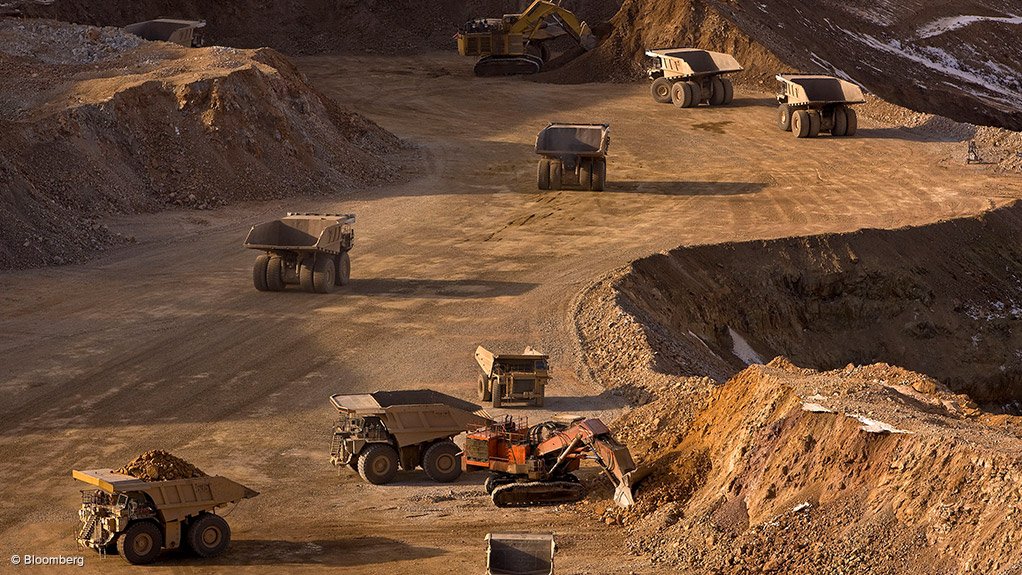JOHANNESBURG (miningweekly.com) – The performance of the mining sector is likely to be volatile in the months ahead, pressured by labour unrest, infrastructure constraints, a challenging policy environment and slower growth in China, banking group Nedbank said in a statement on the back of Statistics South Africa’s (Stats SA’s) latest mining production report.
South Africa’s mining output declined by 6.5% year-on-year in March on the back of significantly lower platinum group metal (PGM) production, Stats SA reported on Thursday.
“Today’s poor mining production figures come as little surprise to us given the negative impact of the more than five-month-long strike in the PGM sector, which became more acute as producer inventory levels wore thin from the middle of April,” BNP Paribas economist Jeffrey Schultz said.
He added that while the end to the strike in the platinum sector towards the end of June suggested that this sector was likely past the worst, it would still take a couple of months for local PGM producers to get back on their feet.
“Therefore, we are not expecting to see a dramatic improvement in mining activity in the near term. In our view, production will only return back to ‘normalised’ levels early in the fourth quarter,” Schultz said.
Stats SA noted that, aside from PGM production, which contracted by 48.5% and subtracted 10.4 percentage points, large negative growth rates were also recorded in the nonmetallic minerals and building materials segments, which showed decreases in production of 13.3% and 11.7% respectively.
Iron-ore was the main positive contributor, having added 3.1 percentage points.
Seasonally adjusted mining production decreased by 5.6% during the three months ended May compared with a downwardly revised increase of 6.3% in April and a decline of 3.5% in March.
Nedbank said in a flash comment to clients that, while mining figures were volatile and had little influence on policy decisions in the short term, the persistent weakness would have a negative impact on second-quarter gross domestic product growth.
“Despite generally weak economic conditions, the Reserve Bank may still tighten policy later in the year in response to the effects of the weak rand on inflation,” the bank added.
Meanwhile, in April mineral sales decreased by 1.3% year-on-year, with the largest negative growth rates having been recorded for ‘other’ metallic minerals, at a negative 43.6%, along with ‘other’ nonmetallic minerals and gold, which reflected contractions of 28% and 13.8% respectively.
Seasonally adjusted mineral sales at current prices increased by 0.3% in April compared with March. This followed month-on-month changes of -10.1% in March and 4.4% in February.
EMAIL THIS ARTICLE SAVE THIS ARTICLE
To subscribe email subscriptions@creamermedia.co.za or click here
To advertise email advertising@creamermedia.co.za or click here











